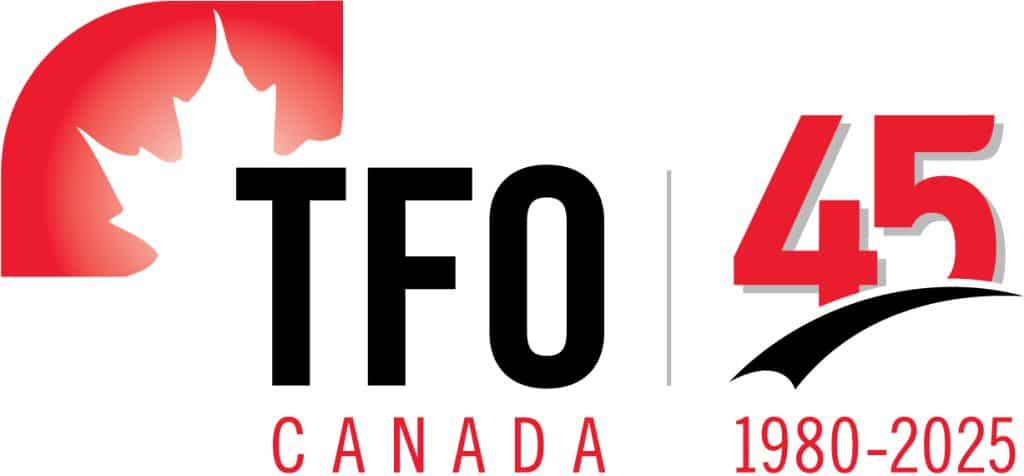Three Impactful Topics From 2017 That Remain Important for 2018
From Augmented Reality to Virtual Reality to Electronic Commerce the movement of goods and services has been made efficient with new technological advances. From Ottawa’s own Shopify, with its profitable proprietary e-commerce platform, to DHL possibly changing the face of logistics with its current testing of Google’s augmented reality glasses to pick packages, to Amazon and Alibaba “smart warehouses” staffed partially by robots; these advances and the use of new technologies and innovations have disrupted the status quo of international trade facilitation. In 2017 the following topics kept reporters busy and businesses keen:1. Possible Demise of Multilateral Trade Agreements(MTAs)
U.S.A. as a trade superpower exhibited no signs of interest in regional/multilateral agreements, which led to the demise of the Trans Pacific Partnership agreement and the fear that NAFTA would not be re-negotiated or modernized. However the Canadian government kept the trade momentum going by implementing the Canada-European Union (EU) Comprehensive Economic and Trade Agreement (CETA), which came into force September 21, 2017, and by leading the charge in the revival and successful conclusion of the Comprehensive and Progressive Trans-Pacific Partnership (CPTPP) along with Australia, Brunei, Chile, Japan, Malaysia, Mexico, New Zealand, Peru, Singapore, the United States and Vietnam. It should be noted that TFO Canada works closely with a number of these countries including Chile, Malaysia, Mexico, Peru and Vietnam.2. Disruption of the Retail Model
In 2017 Amazon garnered numerous headlines with its Artificial Intelligence powered Amazon Go Store, a retail concept store with no lines or cashiers, where a customer can just grab any product and go, and through intelligent face recognition the item gets charged to the person’s Amazon account. The first location, in Seattle, opened its door on January 22, 2018.
- Virtual commerce which uses augmented reality to let a customer “try before they buy” any product; one company that stands out with this technology as a first to market is IKEA with its “Ikea’s Place App“
- Digital delivery where customers order grocery, meal kits, cosmetics, apparel etc. online and collect in-store or have the products delivered
- OEM wallet or global wallet, such as Apple Pay or Android Pay, are replacing credit cards as the go to for consumers to reduce payments fraud. Another consideration is the use of biometrics to make payments, something already in the works with some financial institutions and presently being tested by Visa.
- In-application payment systems which allow clients to order ahead of visiting a store e.g. Starbucks App, or Tim Hortons App which allows a customer to order and pay on the app, and then pick up at the store, with no need to line up or wait for their order.
3. “Data is the new Bacon”
A quotable line from Nicole Verkindt, of OMX, from a recent FITT conference. Data is said to be the key to disruption, digitization and innovation which leads to another key term – big data[1]. At said conference presentations from e-Bay, PayPal, DHL and Google all demonstrated how data analytics helped these companies create new services for their clients based on data collected and efficiently analyzed.So, looking into 2018 and beyond, how are you using your in-house data and innovation capabilities to ensure you can meet all of your client’s future needs?
